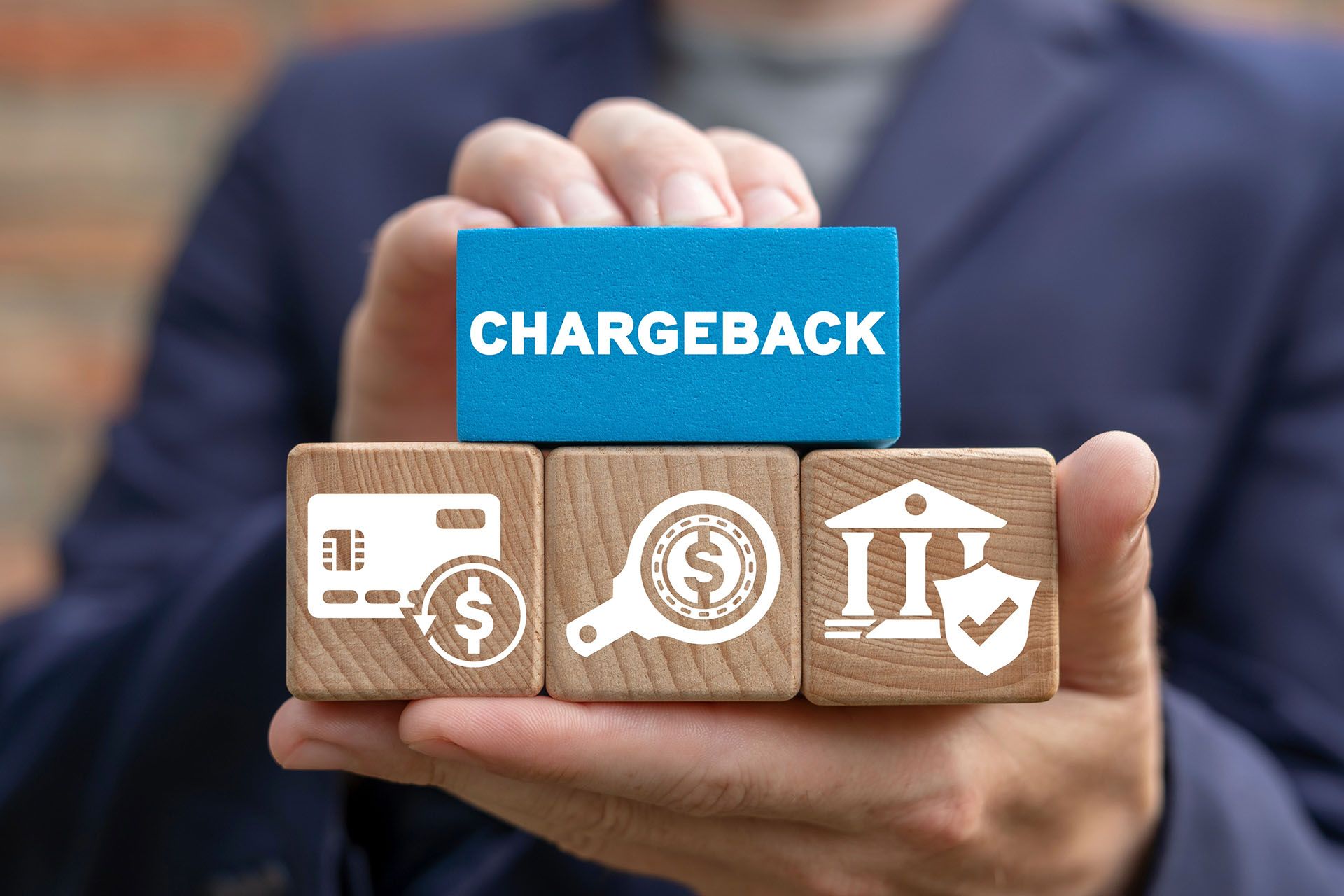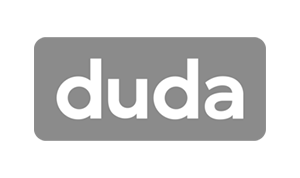Crown Street, Wollongong, 2500
E-Commerce Chargebacks: How Fraud Hurts Small Shops
Running an e-commerce store in 2025 can feel like a dream, with global reach and sophisticated marketing tools, small businesses have a lot of opportunities. However, there is one problem that continues to grow: chargebacks.
On paper, chargebacks are meant to protect consumers. If a cardholder sees a suspicious or unauthorised charge, they can file a dispute with their bank and get their money back. Sounds fair, right?
But when chargebacks are misused or exploited by fraudsters, small online businesses are the ones who pay the price. And we are not just talking about losing the transaction amount. Chargebacks cost merchants time and fees, especially when the fraud is “friendly”.
Let’s explore how chargebacks work, why small shops are especially vulnerable, and what e-commerce businesses can do to protect themselves with smarter tools.
What Are Chargebacks, Really?

A chargeback happens when a customer disputes a charge on their credit or debit card and asks the bank to reverse it. If the bank sides with the customer (and they often do), the money is pulled from the merchant’s account and returned to the buyer.
There are a few common reasons for chargebacks:
- Fraudulent transactions (e.g., stolen card used)
- The customer did not receive the product
- The product was not as described
- Recurring charges were not canceled properly
- Buyer’s remorse disguised as fraud
In all these cases, the seller loses the money and gets hit with a chargeback fee from their payment processor - often $15 to $50 per dispute.
For large retailers, that is just another cost of doing business. But for small e-commerce stores, especially solo founders or niche brands, it can be devastating.
The Rise of “Friendly” Fraud
Not all fraud looks like a hacker from across the globe. In fact, one of the most damaging types of chargeback abuse comes from legitimate customers. This is known as friendly fraud.
Here is how it works: A customer makes a purchase, receives the product, and then files a chargeback anyway - claiming they never got the item, or that they did not recognise the charge. Some even do it intentionally, treating it like a loophole for free stuff.
For small merchants without legal teams or fraud departments, it is incredibly hard to fight these claims, even when they have proof of delivery or customer communication.
Worse, too many chargebacks can flag your business as “high risk”, leading to higher fees or even getting dropped by your payment provider altogether.
Why Small E-Commerce Businesses Are Especially at Risk
Chargebacks do not hit everyone equally. If you are a small shop or indie brand, you face unique vulnerabilities that make you a prime target:
1. Less Fraud Protection Infrastructure
Big retailers invest millions in fraud prevention - custom-built AI, 3D Secure. Small shops? Not so much. Many rely on default fraud tools, which only go so far.
2. Customer Disputes Get Less Attention
When a customer files a chargeback against a major brand, they are one of thousands. When do they file against a boutique store? The bank often gives them the benefit of the doubt, assuming the merchant is small or disorganised.
3. Harder to Prove Delivery or Legitimacy
If you are selling digital goods, custom orders, or one-of-a-kind items, it is hard to show “proof” the way banks expect. And if you are a new store with fewer reviews or presence, it is easier for customers to claim they were scammed - even if they weren’t.
Tools for Fraud Prevention
So, what can small e-commerce businesses actually do to reduce chargebacks and protect their revenue?
Use Identity Verification Software
One of the most effective ways to stop fraud before it starts is by verifying who your customers really are. Adding identity verification software to your onboarding or checkout flow can help filter out fake users, bots, or suspicious behavior.
Includes:
- ID document verification
- Face match or selfie checks
- Phone or email validation
- Location or IP consistency tracking
While this might seem overkill for small shops, even lightweight solutions can reduce risk. For example, verifying email and phone numbers can deter fraudsters, while flagging mismatches between billing and shipping addresses can help catch shady orders before they are approved.
Keep Detailed Records
When a chargeback happens, having clean, accessible transaction records makes a big difference. Always store:
- Order confirmations
- Tracking numbers and delivery confirmations
- Screenshots of customer communications
- Refund policies displayed at checkout
These documents strengthen your case if you need to respond to a dispute, especially if your payment processor offers representment (responding with evidence).
Use Address Verification and 3D Secure Tools
AVS (Address Verification Systems) and 3D Secure tools assist with authentication during checkout by verifying whether the address or card being used matches the one on file, reducing the risk of unauthorised transactions.
Most payment gateways are offering these settings - just enable them and understand how to balance security with customer experience.
Make The Return Policy Clear
Friendly fraud often happens when a customer is not sure how to get a refund or does not want to bother - posting your return policy clearly and making it easy to contact the company reduces the chance they are going to go straight to the bank.
Transparency builds trust and gives a better chance of resolving issues before they escalate.
Chargebacks and Revenue
When small e-commerce businesses suffer from frequent chargebacks, the long-term effects are harder to measure - but no less damaging.
- Reputation suffers, especially if individuals start flagging the company.
- Entrepreneur burnout increases, as business owners spend hours disputing fraudulent claims instead of helping real customers.
- Growth slows, as platforms can suspend your account if your chargeback rate exceeds 1%.
For many independent sellers, the emotional toll of chargeback fraud is just as real as the financial one, creating a sense of distrust and powerlessness, which is the opposite of what digital entrepreneurship is supposed to offer.
What Does a Healthier Future Look Like?
Chargebacks are not going away with these rising online transactions and increasing fraud tactics; they are likely to grow. But that does not mean small shops have to accept them as the cost of doing business.
The more proactive fraud prevention tools are:
- Easy to integrate
- Affordable at scale
- Designed with the small merchant in mind
From identity verification software to behavioural analytics and flexible chargeback representment tools, a new generation of services is helping level the playing field. Paired with better education and clearer checkout policies, small brands can build resilience against chargebacks without losing the customer-first experience that sets them apart.
Conclusion
Running an online store today means navigating real threats with limited resources. But with the right tools and practices in place, you can stay ahead of fraud and stay focused on growing your business.
Chargebacks will always be part of e-commerce. But they do not have to be your downfall. Know the risks, protect your store, and turn fraud prevention into a strength.
If you are still relying solely on default fraud filters or just hoping chargebacks stay low, now’s the time to rethink your strategy. Because in the world of small e-commerce, every transaction matters, and every customer should be real.

Love My Online Marketing has 10+ Years of working alongside businesses and helping them grow. Discuss your options for online success from website Design and Development through to Google Marketing.
Do you want more traffic and business leads?
Love My Online Marketing is determined to make a business grow. Our only question is, will it be yours?






























